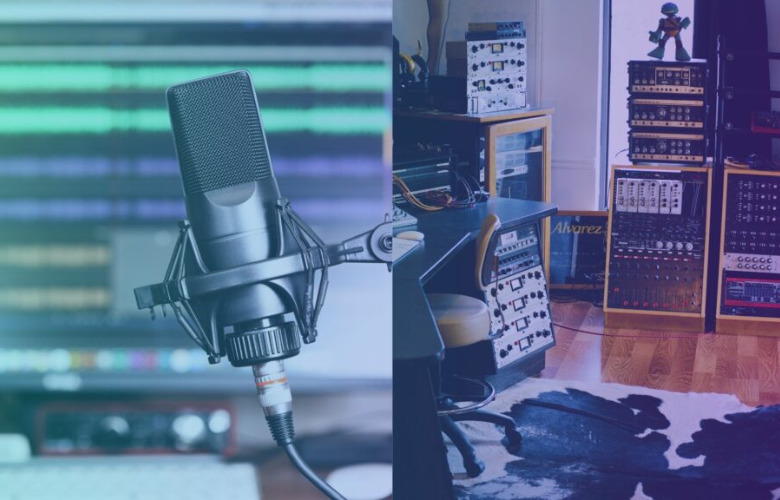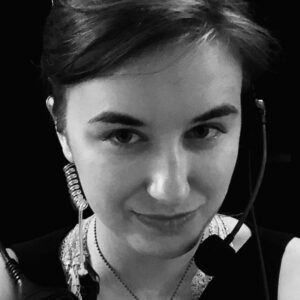
Contrary to what most people believe, studio time is not all about parties and bringing in as many people as possible to fit into a small space. Quite the contrary actually, as maximising studio time greatly helps with furthering careers for those recording as well as everyone involved behind the scenes such as the mixing engineer, producer, and the talent’s agent. There are only a few ways everyone walks away satisfied, and oftentimes it’s difficult to get everyone involved to agree on how something should be.
There are several ways to help with maximising studio time and the biggest one is to plan ahead. If you know what you’re wanting to do in the studio before you even arrive, you’ve already made so much progress. Decide how much you want checked off your to-do list by the end of your studio session so that way you know what needs prioritising. Commonly, prioritising something means allowing for other things (like making sure your friends are there to capture it on camera) to just slide so you can either get to it later or it’s simply not important enough. Limiting distractions, boyfriends/girlfriends/friends/etc., in the studio will greatly help with maximising studio time. You, or someone ensuring your job, is paying for you to be there in the studio so they don’t want to pay for you to be distracted. That’s just going to cost everyone more money.
Sometimes prioritising means setting a timer so you can maximise the amount of time you’re spending on what you consider important. For example, if your studio time is mostly to collaborate and less to record your new ideas then obviously the creative process needs to take priority. It helps if the talent or agent knows what equipment they want to use before they come into the studio. Knowing what equipment the studio has available can help ensure they have everything set up beforehand.
On the studio’s side, it can help if you work off of templates for certain projects. Having a template for each type of genre can aid when trying to add things to the mix depending on what the client wants. Preparing the space for the client will save everyone time instead of having to deal with constant questions like how many direct inputs will the talent require, or where the smoking area is, or can they film in the studio. While this time is mostly for the clients, it helps everyone to take a break occasionally especially for longer sessions. If someone books the whole day (typically 8-10 hours of studio time) then some breathing room will be required. Deciding what you need for relaxing during these breaks, and having it close by, helps ensure you aren’t wasting that break time trying to get everything you need to relax.
Working together at a studio with the mixing and/or mastering engineer with the talent and their representation can often lead to some clashing ideas creatively. Go back to basics. Start with the idea of what everyone wants to accomplish. The representative for the talent obviously wants to make sure their client makes something that will sell. The client wants to feel they have creative input and make sure what they’re making is something they want. The engineer wants to make sure they’re attaching their name to something they can be proud to be associated with. These are all great ideas, but ultimately not everyone is going to walk away happy all the time. Someone compromises at some point. That’s why collaborating between the talent and their representative and the mixing/mastering engineer is important. Ultimately, it helps to have people who can learn from each other and give each other great ideas about moving forward with their particular project, or other projects.
1.74 Million ft2 Film and TV Studio Approved In Bedfordshire


Janine has always been a part of music and performing. The first show that inspired her to go into theatre was the Velveteen Rabbit which she saw as a child, and Drew works to keep that magic alive in her work. When Drew was accepted into an internship program for audio engineering at a recording studio, she jumped at the opportunity. That was at the start of 2020, and so much has happened since then, both in her career and in the world. Since then, Drew has taken several opportunities to work at recording studios, concerts, festivals, and even large theatres while spending some time on tour. Drew's favorite by far though, has been the chance to work on Broadways and West End shows, as this was a dream come true. Drew is honoured to get to share these experiences from being inside the entertainment industry.
Read Full Profile© 2021 TheatreArtLife. All rights reserved.

Thank you so much for reading, but you have now reached your free article limit for this month.
Our contributors are currently writing more articles for you to enjoy.
To keep reading, all you have to do is become a subscriber and then you can read unlimited articles anytime.
Your investment will help us continue to ignite connections across the globe in live entertainment and build this community for industry professionals.